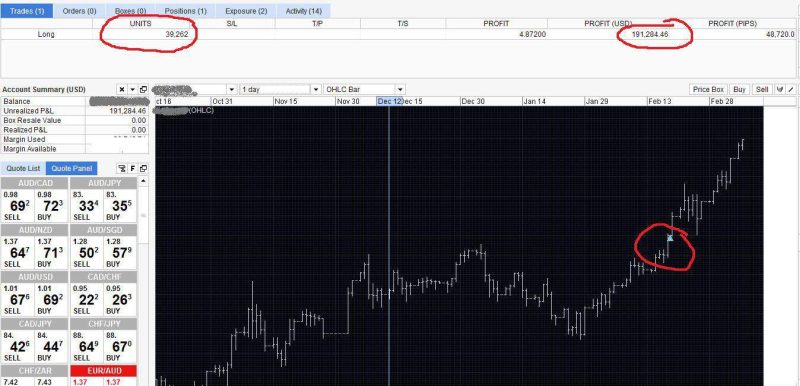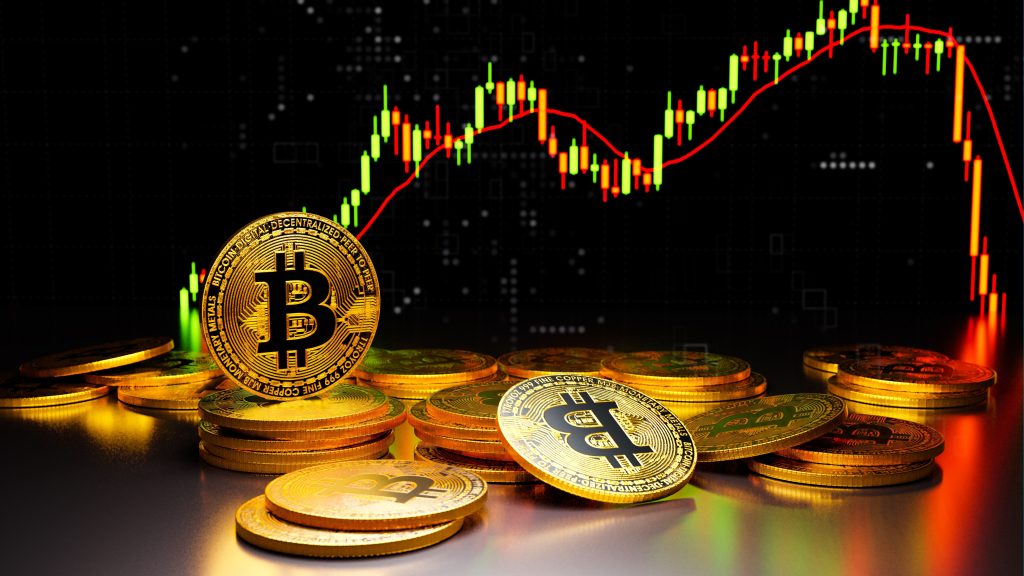Markets on Edge Ahead of Fed Policy Meeting
U.S. stocks ended Tuesday mostly flat despite an unexpectedly strong retail sales report. The solid numbers provided some reassurance against fears of a looming economic downturn, but they didn’t shake the prevailing expectations for a 50 bp rate cut. The Fed’s guidance remains uncertain, leaving traders anxious about what lies ahead. The market is bracing for multiple potential outcomes, particularly those hoping for a soft landing. Meanwhile, dollar bears are consolidating, and the once-dominant trend is taking a backseat as the Fed prepares to begin its rate-cut cycle.
All Eyes on Powell and Forward Guidance
The focus isn't just on the rate cut itself—it’s about the forward guidance and the highly anticipated dot plot. Fed Chair Jerome Powell could shift the market narrative with a few key statements during his press conference. Investors are on edge, wondering if the Fed will deliver a quarter-point move or a 50-basis-point cut. But the real action comes after the announcement, as the market adjusts its expectations for future rate changes.
Lower interest rates are expected to stimulate economic activity by reducing borrowing costs, which in turn should boost equity valuations. However, once the cuts take effect, the onus will be on economic growth to justify these valuations. Every economic data release will feel like a health check for the economy, and the stakes are particularly high heading into the year-end.
By December, the question remains: Will the jobs market support growth and keep equity valuations afloat, or are we in for an economic downturn with rising unemployment? Some worry that the Fed may have acted too late to make a meaningful impact.
Global investors, particularly in Asia, are playing it safe ahead of the Fed’s decision. While many expect a 50-bps cut, there’s still a chance the Fed could opt for a more conservative quarter-point reduction. Regardless, the market is already pricing in rate cuts over the coming months.
Despite retail sales data propelling the S&P 500 and Dow to all-time highs, the Atlanta Fed’s GDPNow estimate for Q3 was bumped up to a solid 3.0% growth. This doesn’t necessarily suggest a major rate cut is on the way, but the market is still betting on 50bps, with expectations of 120bps over the next few months and 240bps in total. Is this a case of rate-cut fever gone too far?
The big question is whether the market is overextended on rate-cut bets, setting itself up for a sharp correction. If Powell’s comments or the Fed’s projections hint that these aggressive expectations won’t materialize, we could see a swift reversal in stocks, bonds, and non-dollar currencies, especially the Japanese yen (JPY).
In FX markets, the once-certain short USD/JPY trade faltered, with the yen losing 1% against the dollar in its worst day in a month. Despite the narrowing Japan-US 2-year yield differential, which supports a lower USD/JPY, traders were caught off guard by the rate jitters. Earlier in the week, mixed signals left traders torn—while the rates market pointed to a weaker dollar, the looming Fed rate cut was causing uncertainty.
The real question is what happens after the rate cut. A 50bps cut would likely shake the dollar, but traders are just as focused on the dot plot. Will it strengthen the bullish JPY thesis, or will the Fed be less dovish than expected, stalling the dollar’s decline? For now, longer-term FX traders are sticking to their strategy of selling USD/JPY on any rallies, confident that the jobs market will be the true driver of rates and forex markets.
As the Fed's decision looms, the market focuses on rate cuts, forward guidance, and economic growth expectations. With traders preparing for various outcomes, the potential for a sharp market reversal remains high if the Fed doesn't meet lofty expectations. Investors should remain cautious as volatility could surge across multiple asset classes.


















